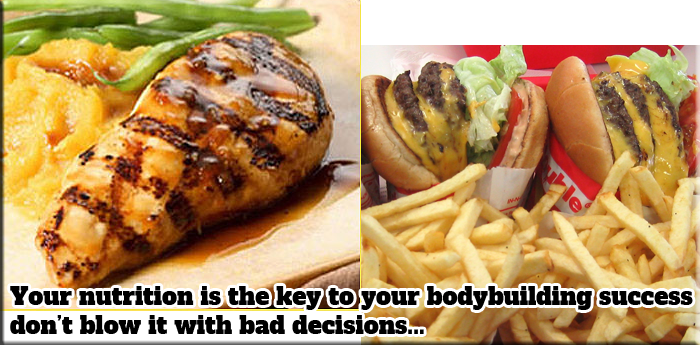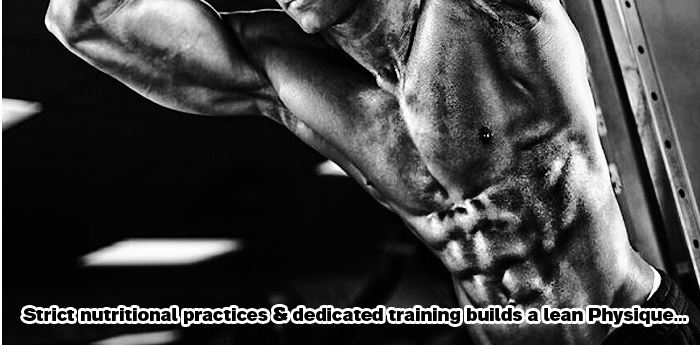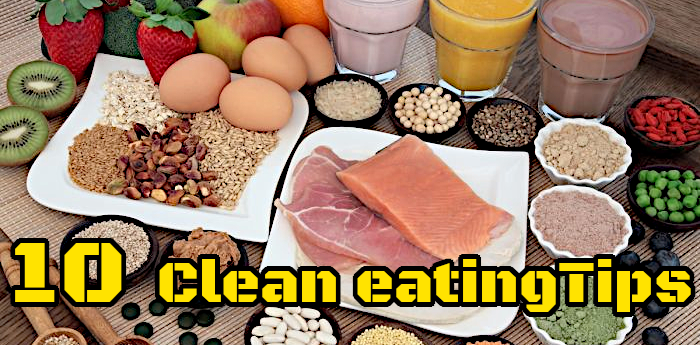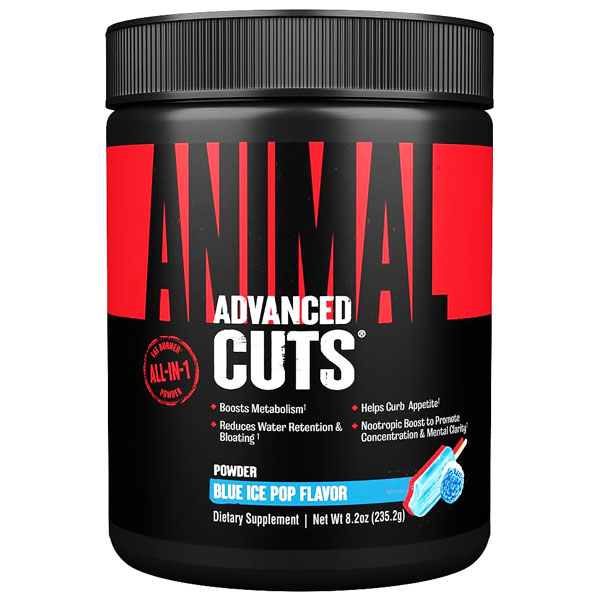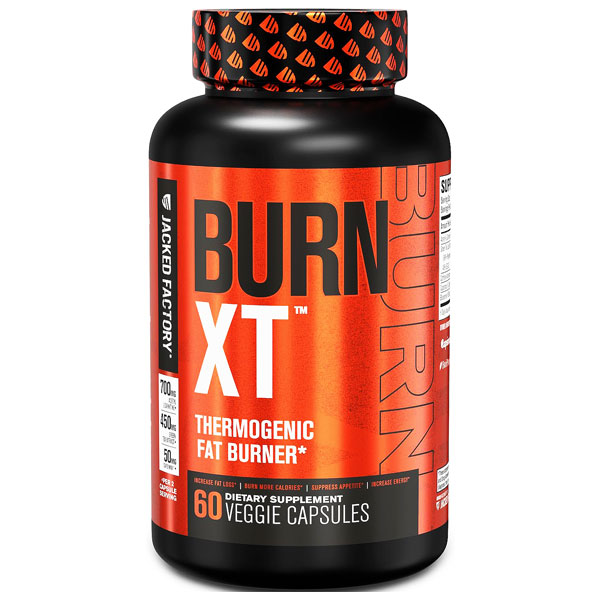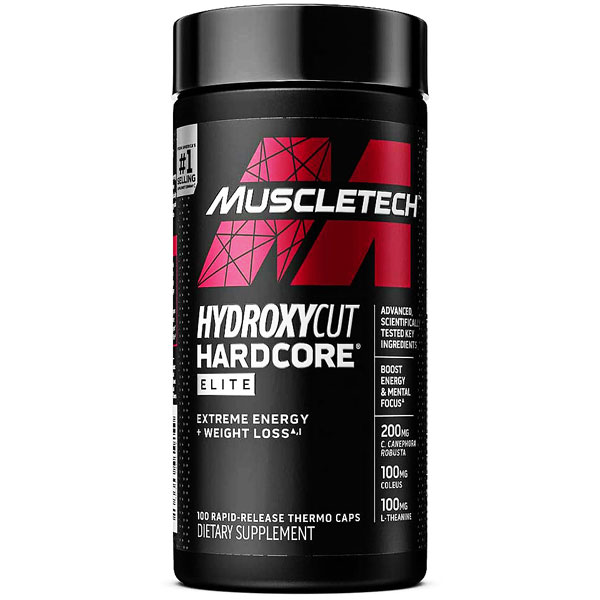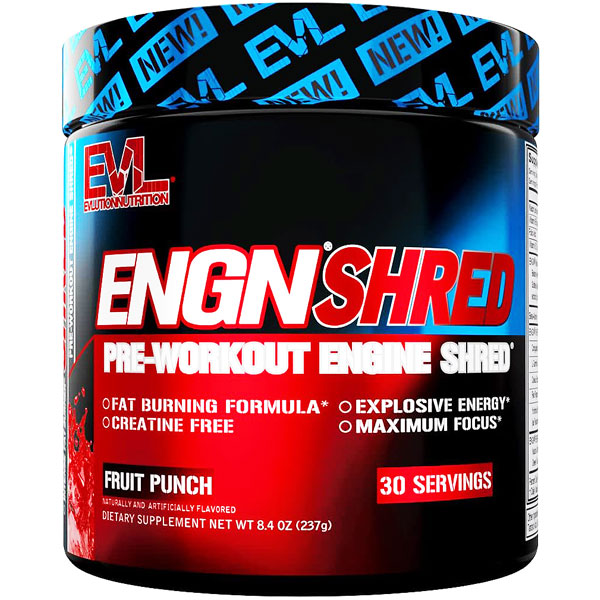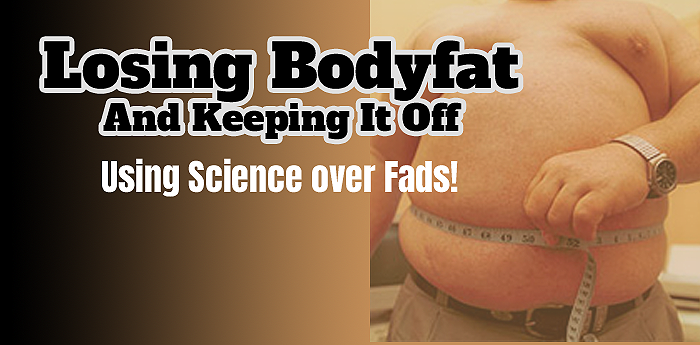
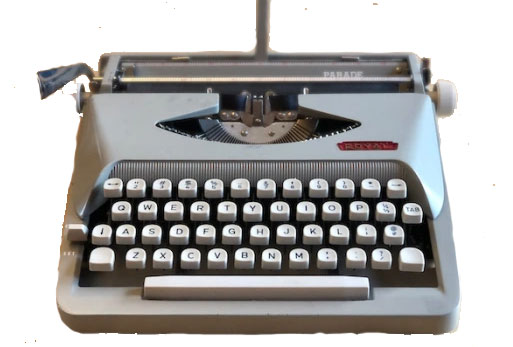
By: Frederick Hatfield CFT (aka: Dr. Squat)
No more fad diets and gaining the weight back & more!
“The same admonishment on gaining muscle mass applies to those of you who need to shed body fat. For you diehards out there who insist on getting fat between contests or during the winter months of inactivity, I have only a couple of things to say....”
 Fat Transport System!
Fat Transport System!Convention has it that there are three ways to lose weight: dehydration, fat loss, and lean muscle weight loss. Regardless of your level of bodybuilding development, fat loss is the only acceptable route for you. Dehydration is never healthy or acceptable, and losing lean muscle mass totally counters everything the bodybuilding lifestyle stands for. Let’s establish the objective of any serious bodybuilder right off the bat—to lose fat without sacrificing—and, in fact, in-creasing—your muscle tissue.
Diets that produce a loss in lean body weight are those most often lacking carbohydrates. Without carbohydrates in your diet, energy for training will come from fats and proteins. Your performance will decrease, you’ll feel fatigued, tired, weak, and irritable; your brain will find it more difficult to operate effectively, and you will be less able to concentrate.
A loss in lean weight can also result from too little protein intake. Because training breaks down your muscle proteins, an adequate protein intake is necessary for repair and rebuilding. When protein is not available for these anabolic processes, your training will continually break down your muscle and you will actually lose valuable tissue.
According to conventional theory, fat loss can only be accomplished three ways: with exercise, through reduced caloric intake, or through a combination of the two. That’s good, but good is never good enough for serious bodybuilders. The best approach to getting rid of excess fat is through integrated training. There are many, many ways that fat can be shed or avoided without committing the common mistake of sacrificing muscle tissue.
- Thermogenesis is the production of body heat through oxidation of foods, physical means, and biochemical means. There are several ways to induce a calorie-burning
thermogenic response in your body so that your fat-loss efforts will be far more
effective: sauna, cold, certain herbs, exercise, and frequent meals are but a few.
- Exercise maintains or increases your lean body weight. As you increase your lean weight your metabolism also increases, both during training and at rest. This is why
dieting alone is not an effective means to losing fat.
- Research shows that dieting does not reduce the number of fat cells you have, but it can reduce the size of these cells. It is believed that your number of fat cells is
somewhat genetic and can be increased during early childhood.
- A problem many bodybuilders face is their willingness to starve themselves in order to lose fat. By starving yourself, your fat cells learn to conserve energy (fat) more
efficiently. Therefore, it gets more difficult to lose fat each time you diet.
- The adage “you must eat to lose fat” is very true. If you lower your calorie intake too much, your metabolism will slow down and you will defeat your sole purpose of
dieting—it will become more difficult to lose fat. This occurs even if you are training.
Of course, your training will then suffer. You will experience decreases in coordination and physical work capacity. Handling heavy weights becomes impossible, and you become more irritable and unable to relax. You must remember that you need to eat not only to supply your working muscles with energy and to replace nutrients lost during training, but also to lose fat.
- Although how much you eat is important, it is just as important to know what to eat and when to eat it. This is where an integrated approach to fat-loss and bodybuilding
comes in. Indeed, that’s what this entire book is about.
|
- “I eat like a bird, and I still gain weight!”
- “Not matter what I do, I get fatter and fatter!”
- “All I have to do is smell food and I put on weight!”
Anyone who has been around the fitness world for any length of time has heard these complaints, too. Even athletes and bodybuilders preparing for competition often have trouble shedding those last couple of pounds of third-place-rendering, muscle-masking ugliness called adipose.
Whether you’re losing fat, gaining muscle, or doing both at the same time, the same nutritional science applies. The scientists cited in the preceding chapter on zigzag dieting for increasing muscle mass are gathering hard data supporting what we of irondom have known for a long, long time—that is, there’s a way to lose fat and still maintain a reasonably high BMR so your fat-loss process can continue smoothly. It’s called the zigzag method of fat loss, and it works better than any other fat-loss method. Why? It’s permanent. Permanent, that is, if you continue to eat four or five small meals per day and exercise regularly. It allows you to maintain or improve your lean muscle mass.
Several weight-loss scenarios, both good and bad, are presented in Figure 17-1. You’ll notice that as you reduce your caloric intake and increase your caloric burn, your body-fat percentage drops correspondingly, but so does your BMR. To force your BMR back to a normal level, you begin eating normally again for a brief period (never more than 36 hours).
During this brief pig—out period your body—fat level again begins to climb, but not as high as it was at the beginning. You lower your caloric intake again; down goes your body-fat. Eat normal again, and up the body fat goes—again, not as high as it was before. This process continues until your body-fat percentage is at healthful levels.
By zigzagging your caloric intake, you ultimately allow periodic BMR adjustments to take place, bringing your BMR back to a level corresponding to your new (lower) body weight. It’s easy to begin losing fat again—and again. If you simply try going down, down, down in body fat, your BMR never has a chance to adjust, and your fat-loss efforts become harder and harder until, in thorough frustration, you binge out and get fat again—forever.
As with gaining muscle mass and increasing total body weight, the most important element in permanent fat loss is weight training. Remember, big muscles burn more calories than little muscles, and the more muscle you have, the higher your BMR will tend to be. Without the weight training, your fat-loss efforts will result in loss of lean tissue primarily, not fat. Don’t try to lose fat too quickly! Even with weight training starvation diets will result in lost muscle rather than fat.
Walking is OK for those considered chronically fat. For those of you who are only slightly overweight, mild but regular aerobic exercise is excellent for maintaining an efficient BMR. But weight training stands out as the single best method for ensuring that gradually lost weight will come from fat stores.
Further, when you couple the zigzag method of eating with weight training, moderate aerobic exercise, and a careful diet and supplement program, you will be amazed at how easy it is to lose fat and how utterly enjoyable it is to keep it off forever.
The same admonishment on gaining muscle mass applies to those of you who need to shed body fat. For you diehards out there who insist on getting fat between contests or during the winter months of inactivity, I have only a couple of things to say:
- Change your ways.
- If you don’t change your ways, be prepared to suffer the indignities associated with being overweight, always on a diet, and in a rut wherein you never quite realize your true potential as a bodybuilder or individual.
Thanks: Frederick Hatfield (aka: Dr. Squat)
Tags: Supplements Fat Loss General Health Whole Foods
Related Articles
Comments:

 Nutrition Books
Workout Accessories
Videos
Workout Music
Nutrition Books
Workout Accessories
Videos
Workout Music
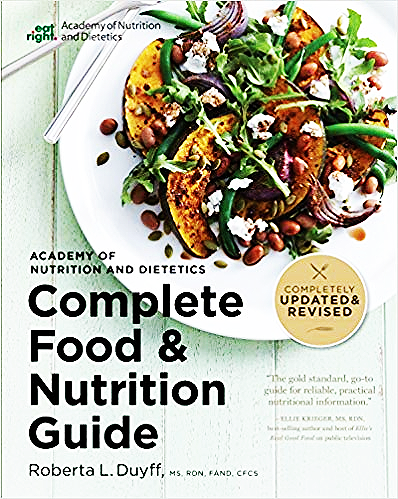

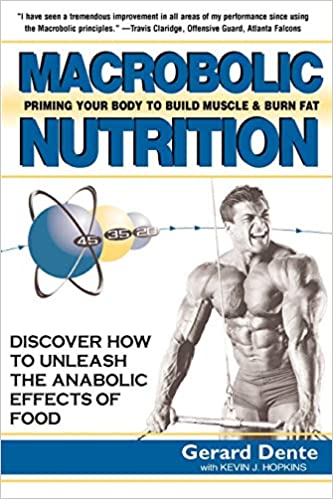

 By: Frederick Hatfield CFT (aka: Dr. Squat)
By: Frederick Hatfield CFT (aka: Dr. Squat)

